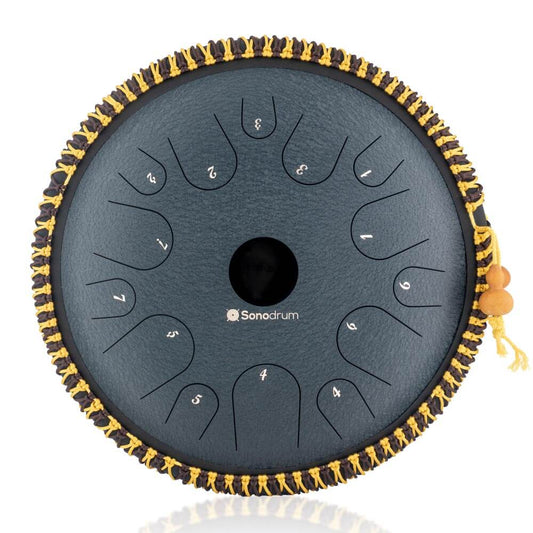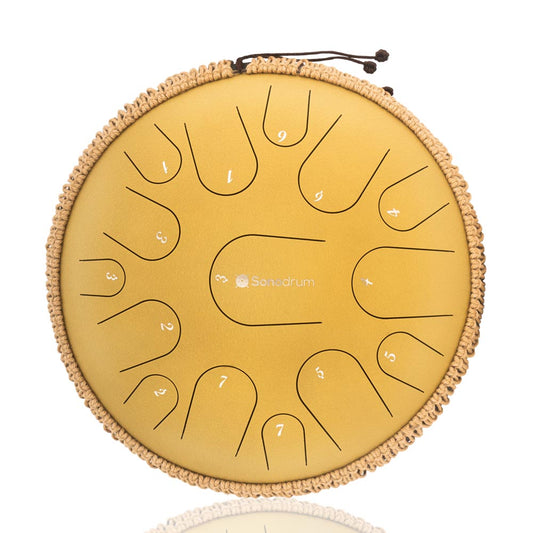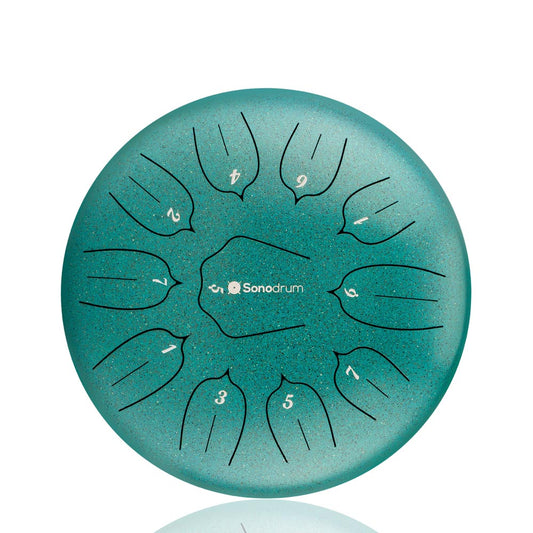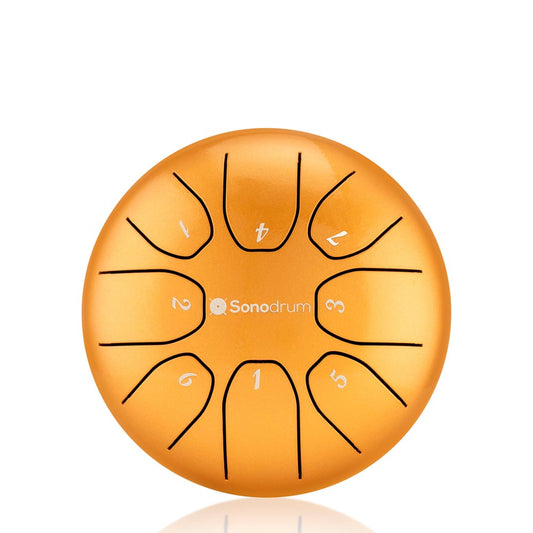The steel drum, often associated with the vibrant and infectious rhythms of the Caribbean, has become an iconic musical instrument worldwide. Its sweet, melodic tones transport us to tropical paradises and lively street festivals. But have you ever wondered who invented the steel drum and how this remarkable instrument came into existence? In this article, we will explore the fascinating history behind the invention of the steel drum, tracing its roots to the vibrant island culture of Trinidad and Tobago.
The Birthplace of the Steel Drum: Trinidad and Tobago
The steel drum, also known as a steelpan,shaman drum, was born on the twin islands of Trinidad and Tobago in the early 20th century. This captivating instrument has its origins in the rich cultural tapestry of the Trinidadian people, blending African, European, and indigenous influences.
The Pantheon of Inventors
While the invention of the steel drum is attributed to multiple pioneers, there are two notable names that stand out:
1. Winston "Spree" Simon: Born in Trinidad in 1910, Winston Simon is widely regarded as one of the early inventors of the steel drum. His experimentation with discarded oil drums and his commitment to perfecting the instrument's design played a crucial role in its development. Simon's contributions laid the foundation for the modern steelpan.
2. Ellie Mannette: Another prominent figure in the steel drum's history is Ellie Mannette, born in Trinidad in 1927. Mannette is often referred to as the "Father of the Steel Drum." He is credited with refining the instrument's shape, expanding its range, and introducing the use of multiple drums in a single ensemble. Mannette's innovations revolutionized the steelpan, allowing it to produce a broader spectrum of musical notes and melodies.
Evolution and Innovation
The early versions of steel drums were made from discarded oil barrels, and players used sticks to create rhythms. Over time, innovators like Mannette introduced concave shapes, different sizes, and tuned notes to create an entire family of instruments. The development of these chromatically tuned steelpan instruments expanded the musical possibilities and made it possible to play intricate melodies and harmonies.
Recognition and Global Impact
In 1941, the steel drum made its international debut at the New York World's Fair, captivating audiences with its unique sound. This marked the beginning of the steelpan's global journey. Today, the instrument is celebrated worldwide, not only for its captivating music but also for its cultural significance.
Conclusion
The invention of the steel drum is a testament to the creativity, resilience, and cultural richness of the Trinidadian people. It was born out of a desire to make music from the most unexpected of sources: discarded oil drums. Thanks to pioneers like Winston "Spree" Simon and Ellie Mannette, the steelpan has evolved into a sophisticated instrument cherished by musicians and music lovers worldwide. Its rhythmic melodies continue to bring joy and a taste of the Caribbean to people's lives, making it a true symbol of cultural pride and innovation.




